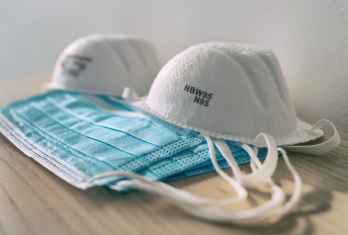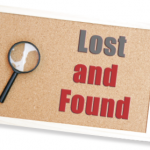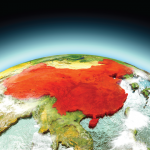
Maridav / shutterstock.com
On Dec. 17, 1903, at 10:35 a.m., the restraining wire was released.
The Wright brothers—Orville and Wilbur—owned a bicycle sales and repair shop called the Wright Cycle Exchange, in Dayton, Ohio. At the time, the popularity of bicycles was exploding, thanks to an innovation that made them much easier (and safer) to ride. The money from their lucrative repair shop funded the Wright brothers’ other passion—flight.
The brothers conducted their experiments at Kitty Hawk, N.C., to take advantage of the consistently strong winds required to launch the glider. By 1902, they had succeeded in creating a glider that could both support a man’s weight aloft and be steered.
None of this information immediately comes to mind when one thinks about the Wright brothers, but it is interesting to contemplate the role of happenstance in discovery. Their bicycle shop, in addition to funding their work, provided them with the technical skills necessary to construct aircraft. Their experiments with gliders taught them how to fly; this experience was crucial to the success of their later experiments.1
On Dec. 14, 1903, they brought their 40’, 605 lb. flyer to Kitty Hawk. By a coin toss, it was decided that Wilbur would become the first man to achieve powered flight.
Except he didn’t. In his eagerness, Wilbur Wright climbed too quickly. The airplane stalled, and then crashed into the sand. Flight would have to wait for repairs, after which Orville would have his turn.2
The important lesson here: In addition to the importance of happenstance in discovery, sometimes, it’s better not to be first. Remember that.
On the morning of Dec. 17, the restraining wire was released, and Wilbur took flight. It wasn’t pretty. Between the wind gusts and the unfamiliar controls, the airplane traveled only 120 feet before it crashed. Still, it was enough to make the Wright brothers famous for having been first in flight.
The story of the N95 mask is not the story of firsts. It is the story of two brilliant, creative thinkers who dedicated their lives to improving the lives of others.
At least, if you live in the United States.
Every student in the U.S. learns about the Wright brothers and their historic role in modern aviation. Each North Carolina license plate proudly proclaims, “First in Flight,” while license plates in Ohio note it was the “Birthplace of Aviation.”3
Both of them may be wrong.
If you grew up outside the U.S., you may have learned the story of Alberto Santos-Dumont, the coffee magnate who was fascinated by lighter-than-air crafts, such as hot air balloons. By 1901, he turned his attention to mechanized flight. On Oct. 23, 1906, he flew a biplane 200 feet in front of a large Parisian crowd.3
So how could he be first?
As always, the devil is in the details. The Wright brothers depended on the strong North Carolinian winds to take flight. That is, after all, why they chose to travel from Ohio to North Carolina in the first place. Santos-Dumont’s airplane took flight without any such assistance. Further, Santos-Dumont’s flight took place in front of many witnesses. The Wright brothers’ experiments took place in front of no one but a lone photographer, tasked with documenting their work.3
La victoria trova cento padre, e nessuno vuole riconoscere l’insuccesso: Victory has a thousand fathers, and defeat is an orphan.4 This expression, coined by the Italian diplomat, Count Caleazzo Ciano and popularized by John F. Kennedy, applies to the story of first flight. As is often true, many minds have the same idea at the same time, and it is often difficult to discern who arrived at the finish line first.
The N95 mask, similarly, has more than one genesis story, which have largely come to light only with the increasing importance of the N95 mask to all our lives. So who invented the N95 mask, and, more importantly, who was first?


